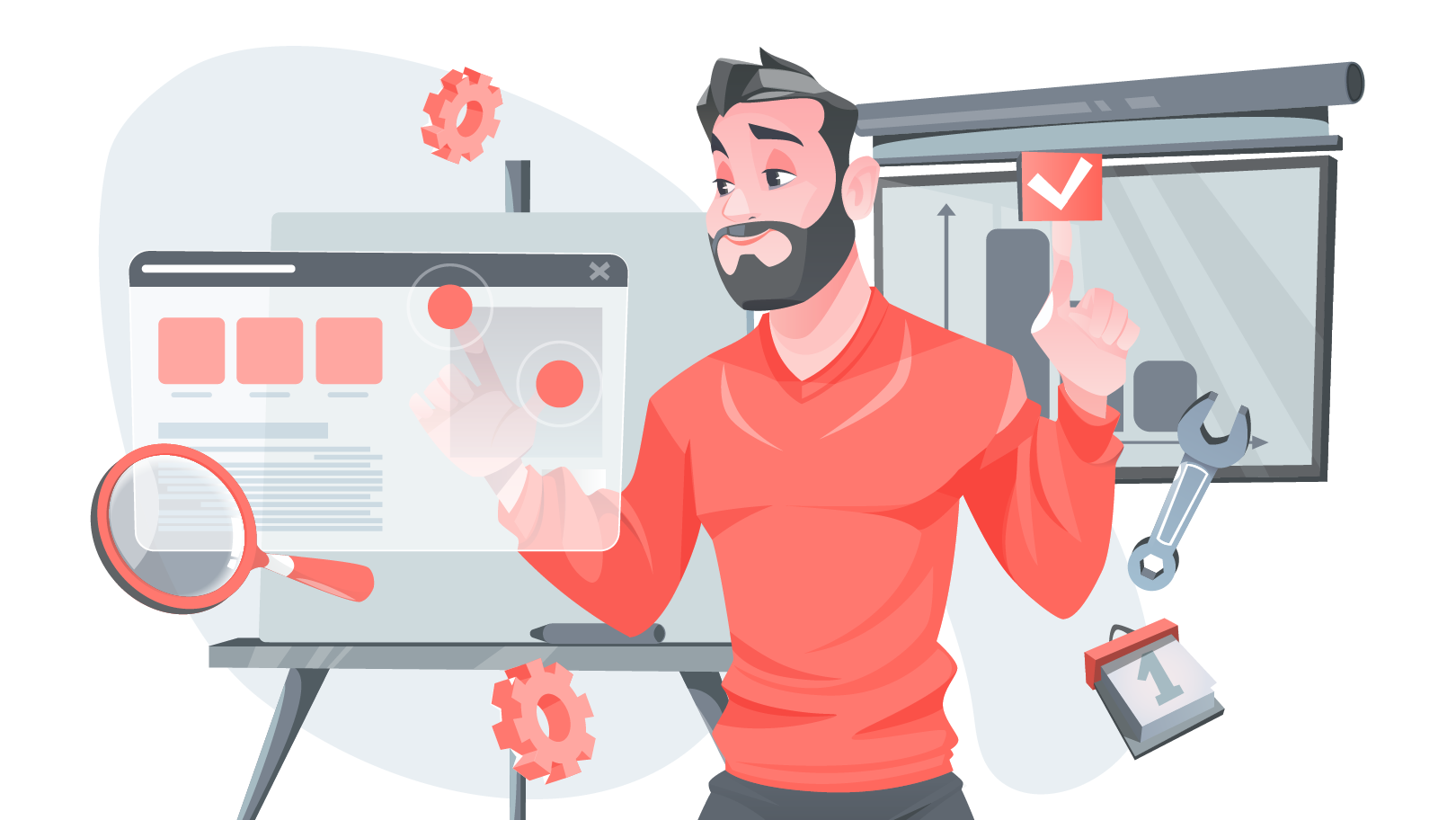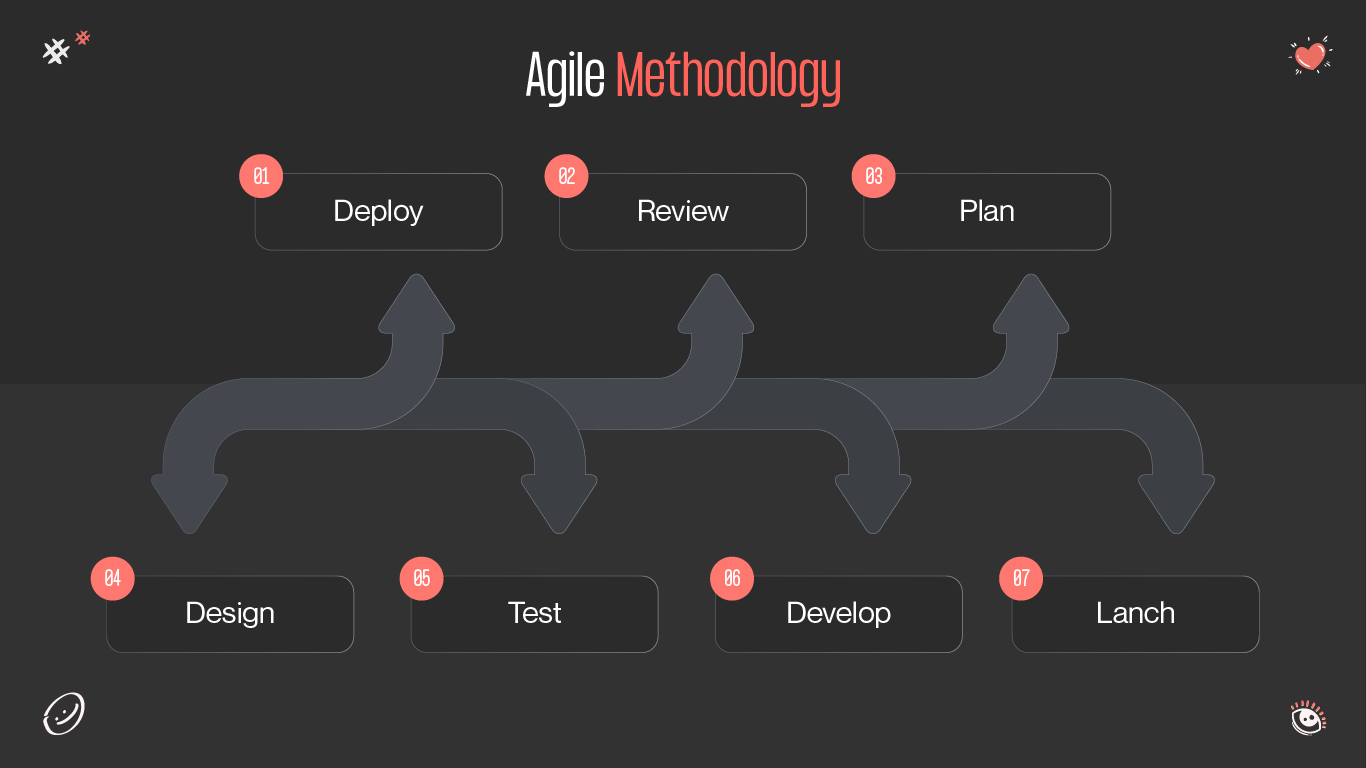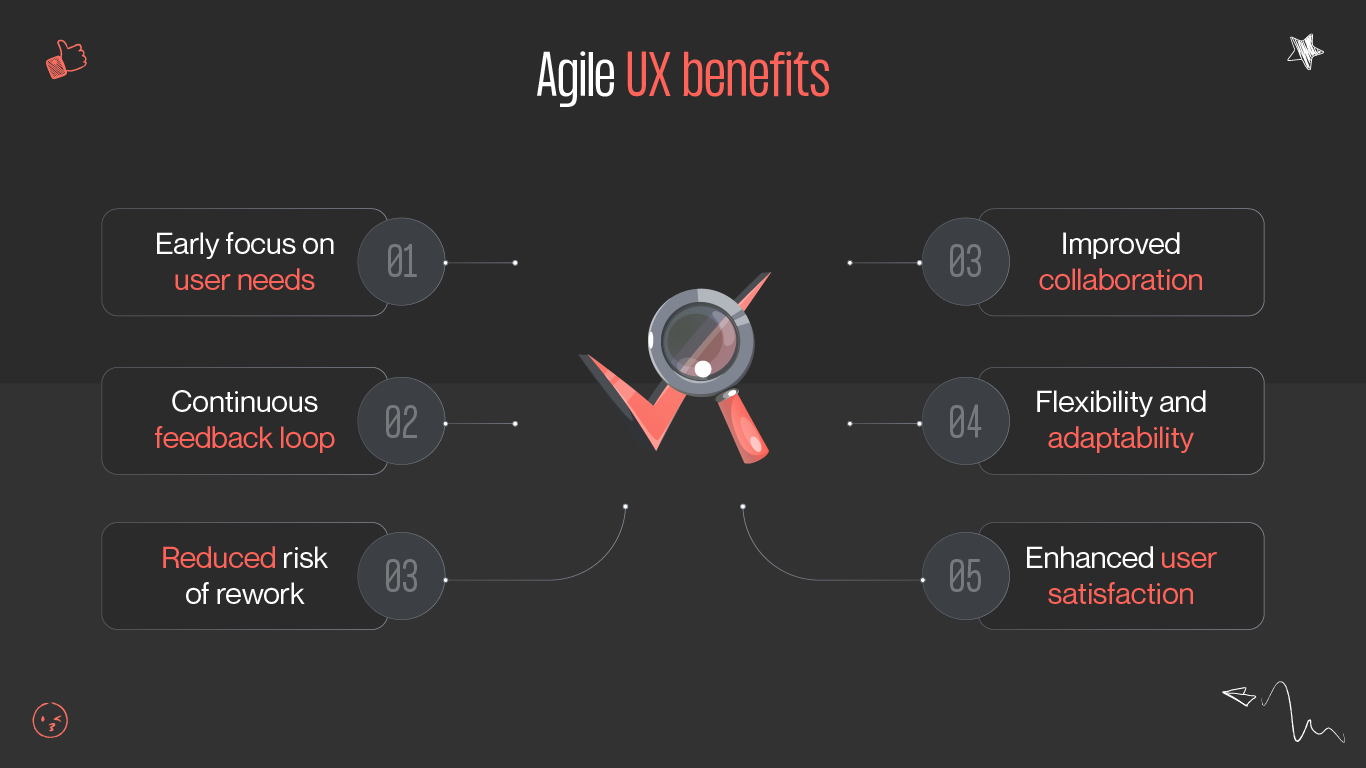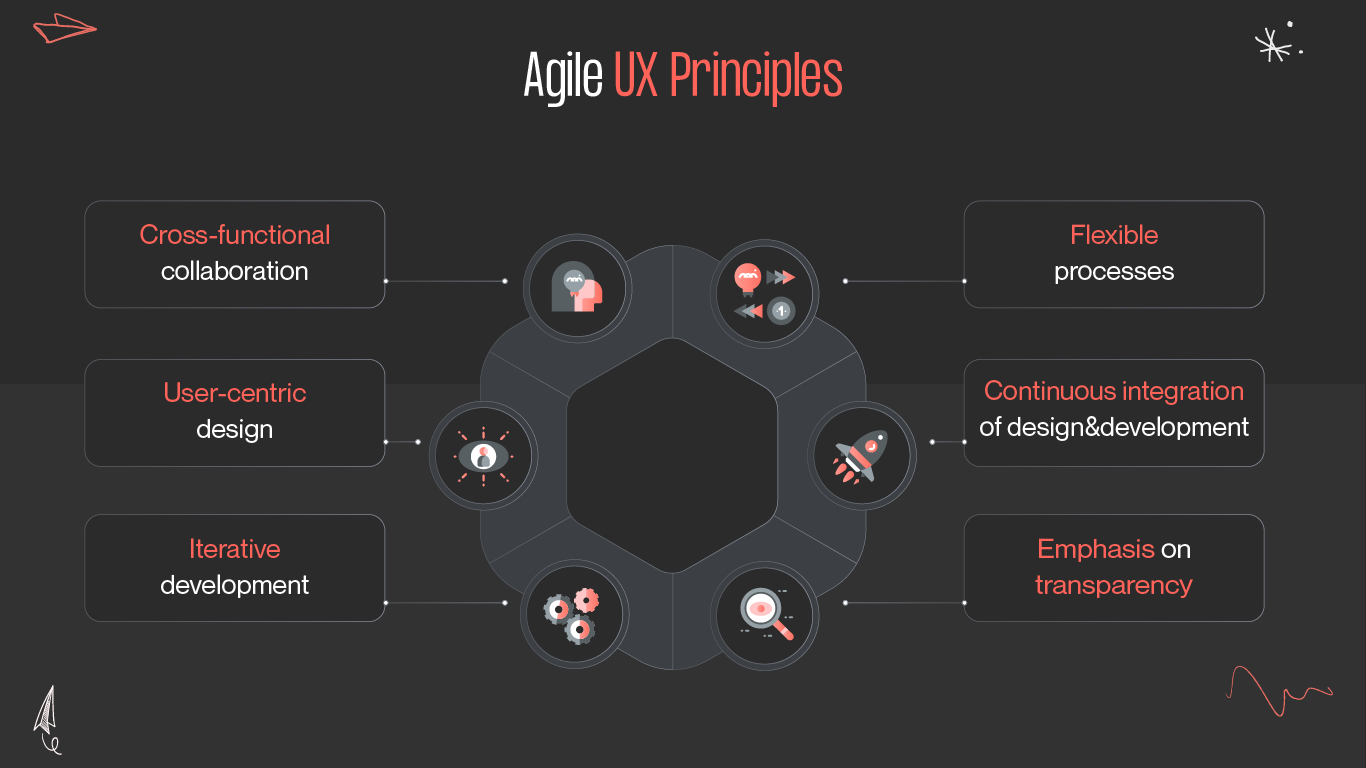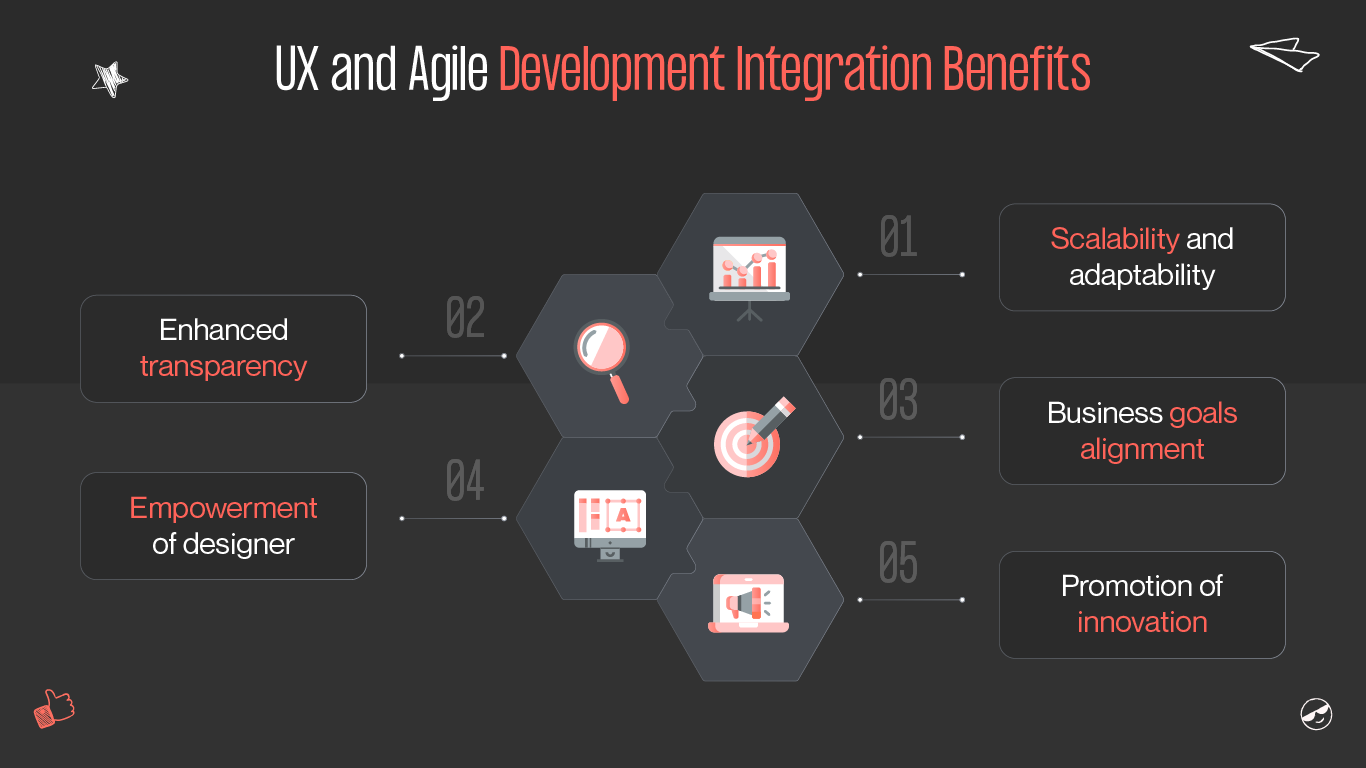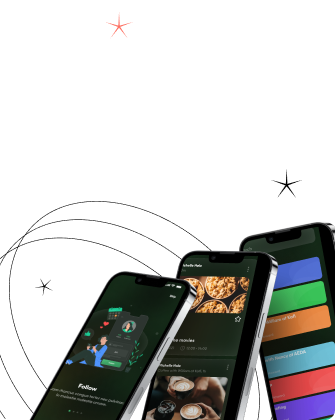As user expectations evolve rapidly, organizations must adapt swiftly to deliver experiences that resonate deeply with their audience. Here, Agile user experience revolutionizes how teams conceptualize, design, and iterate upon digital products.
According to Organize Agile, close to half of all organizations have been using Agile for three years or more. Agile UX represents the harmonious convergence of Agile methodologies and UX design principles. It embodies a mindset that prioritizes collaboration, iteration, and user-centricity throughout the development journey. By seamlessly integrating UX considerations into the Agile framework, teams can navigate the complexities of product development with precision and purpose. Let’s explore how you can elevate your workflow by adopting this approach.

